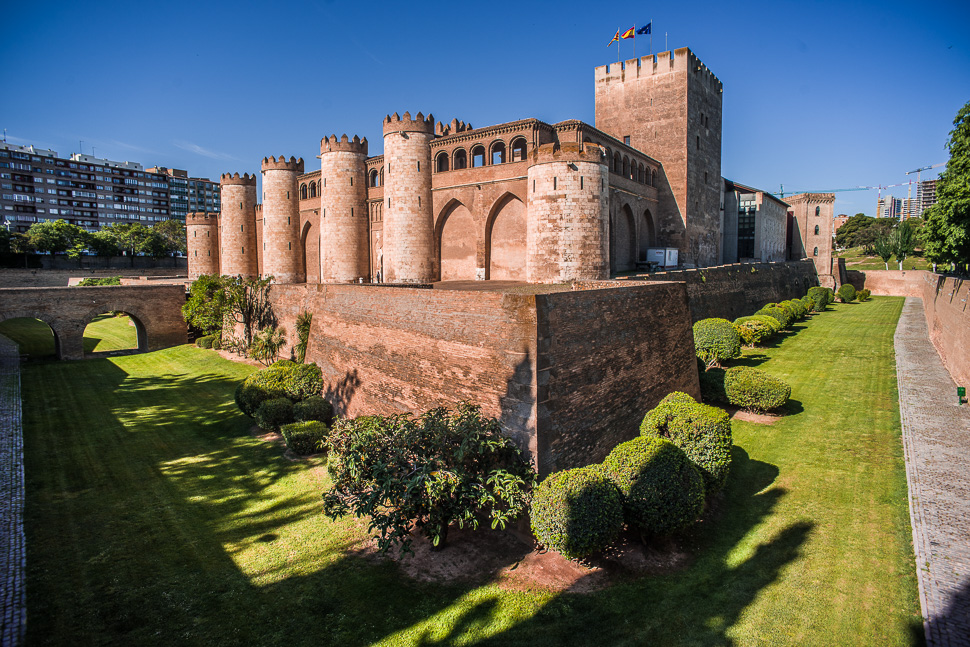
Exploring Zaragoza, we started at the Aljafería Palace, before we strolled into the centre where around the Plaza de Pilar the Basilica and Lonja together with the Fountain of Hispanicity and many other buildings impress with its grandeur.

The Aljafería Palace was built as a fortified medieval palace during the 11th century in the Taifa of Zaragoza, an independent Arab-Muslim state. It was the residence of the Banu Hud dynasty. After the reconquest of Zaragoza in 1118 by Alfonso I of Aragón, it became the residence of the Christian kings of the Kingdom of Aragón. It was used as a royal residence by Peter IV of Aragón (1319-1387) and later converted into the palace of the Catholic Monarchs in 1492. Now it contains the Cortes (regional parliament) of Aragon.
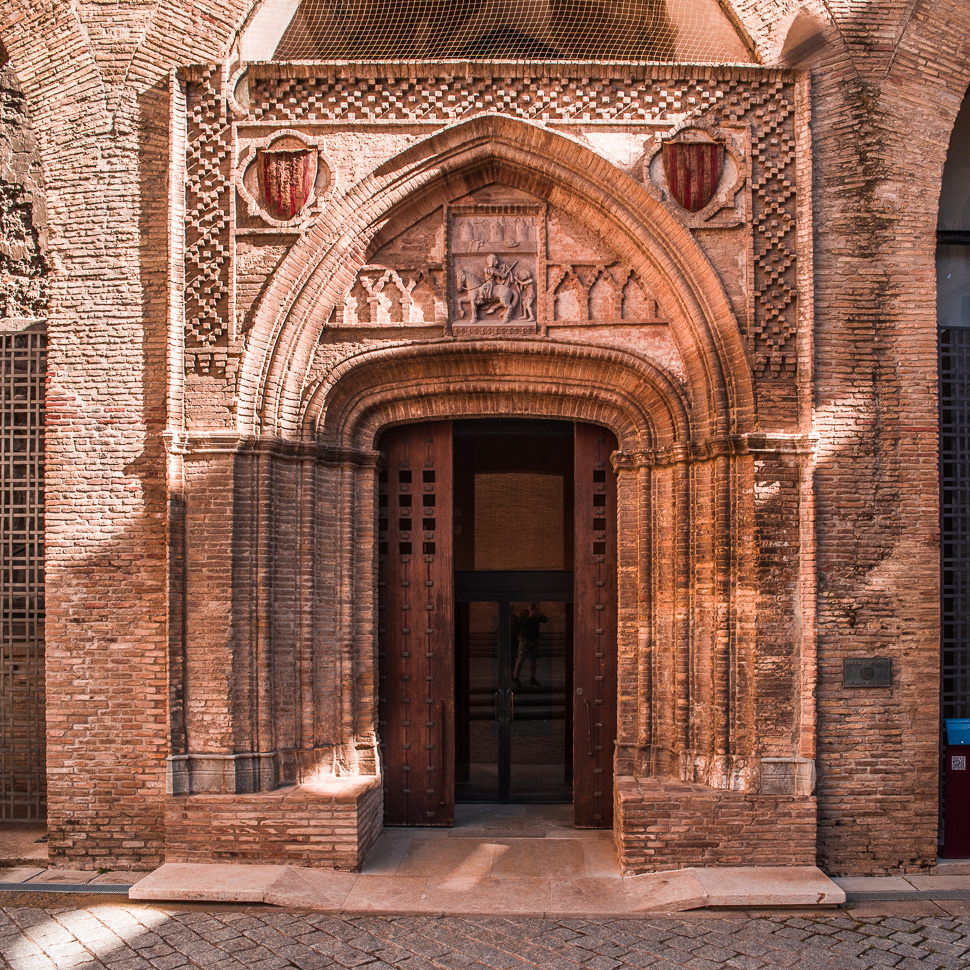
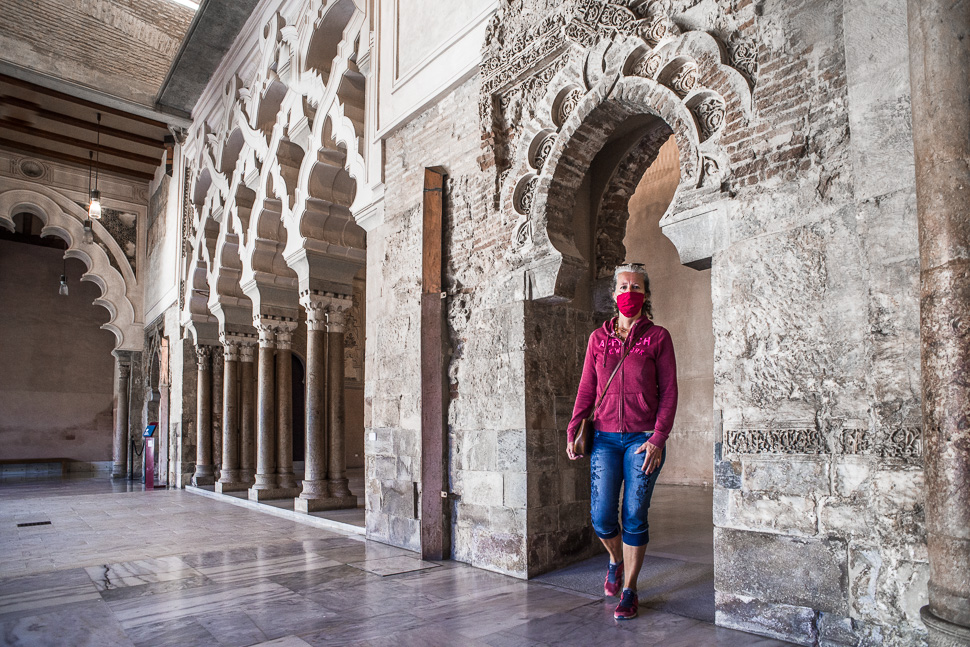
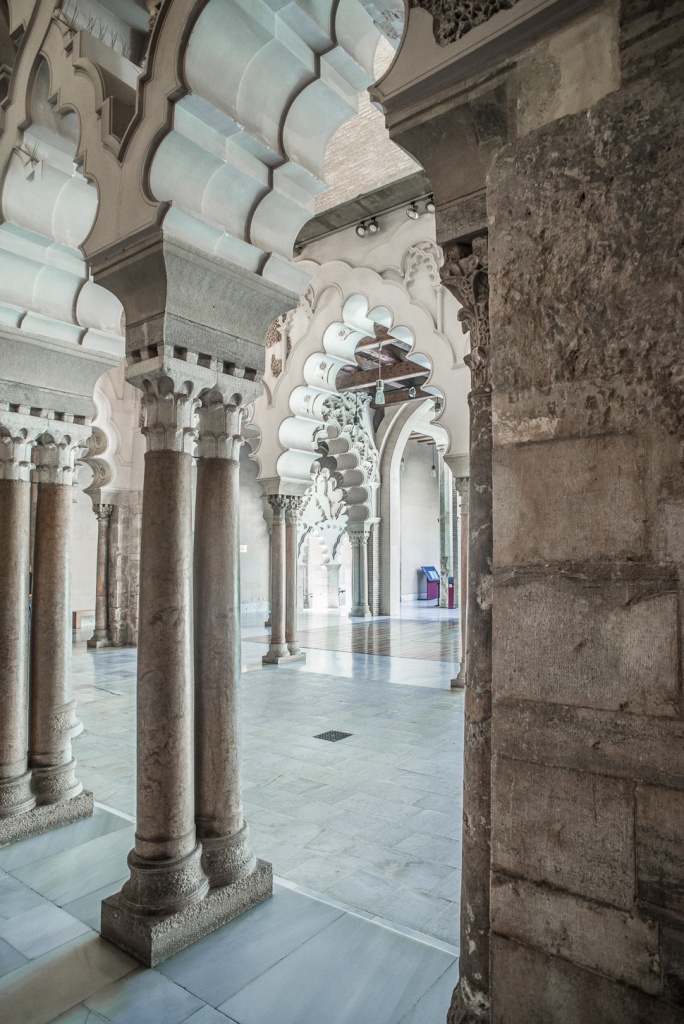
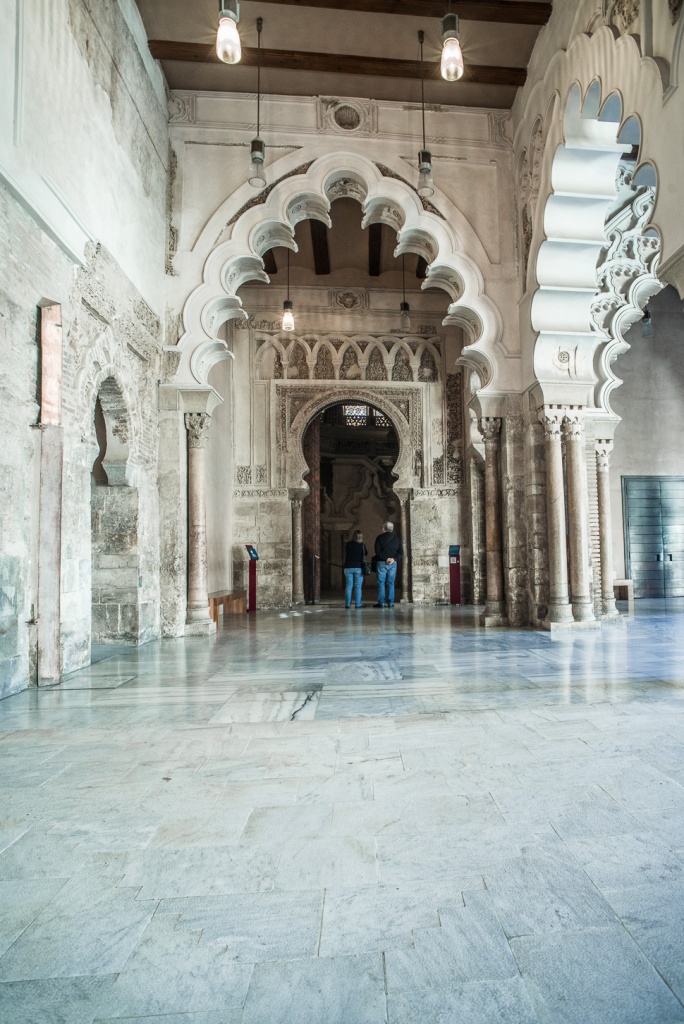
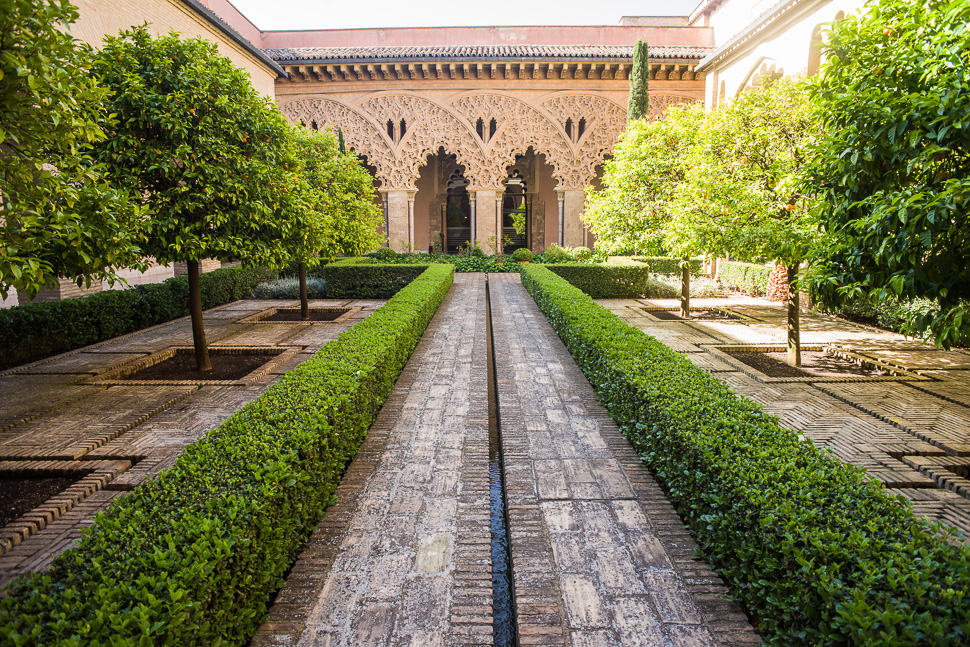
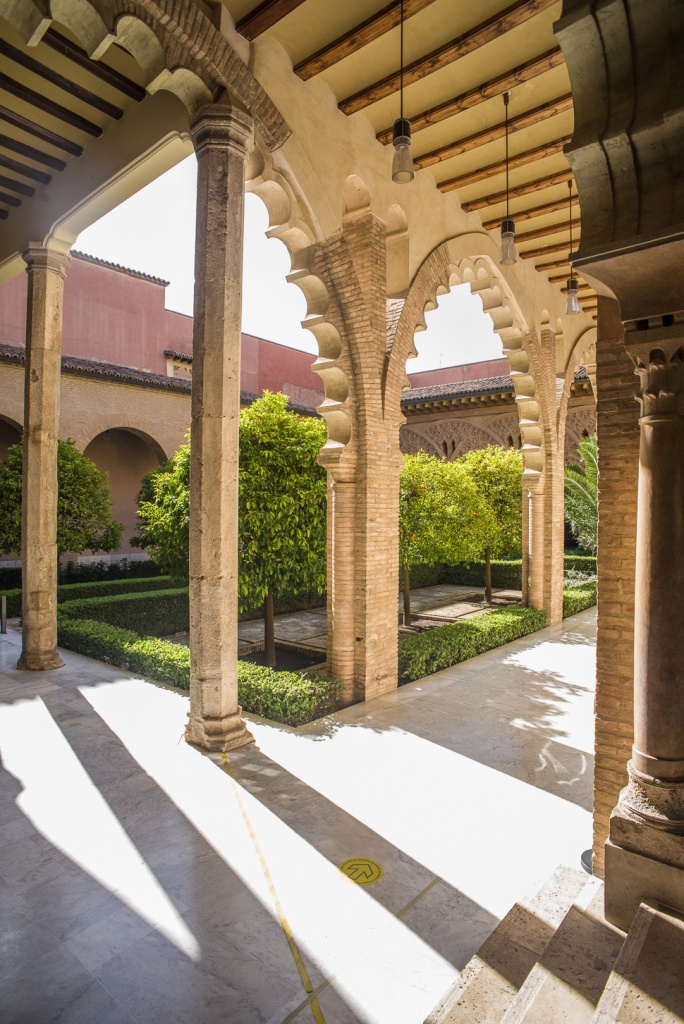
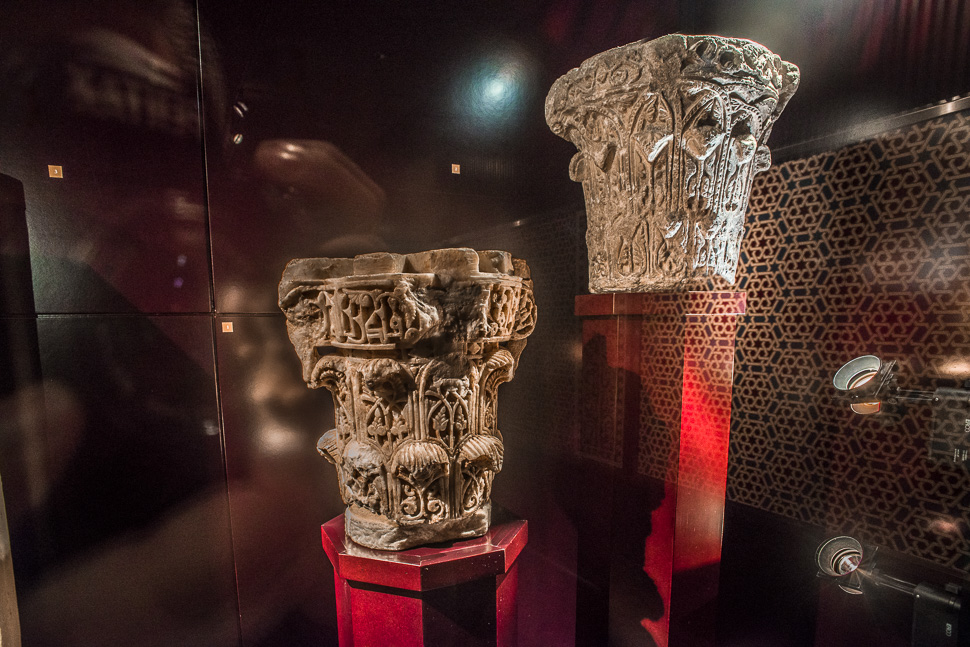
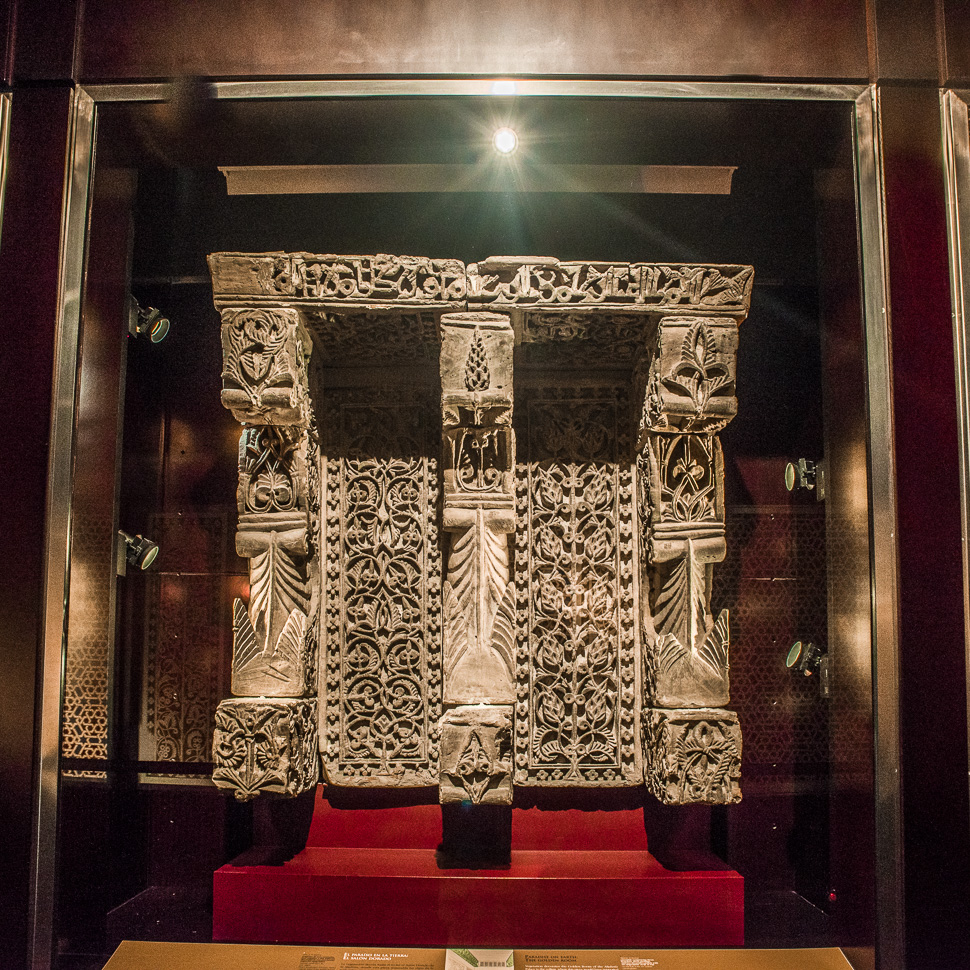
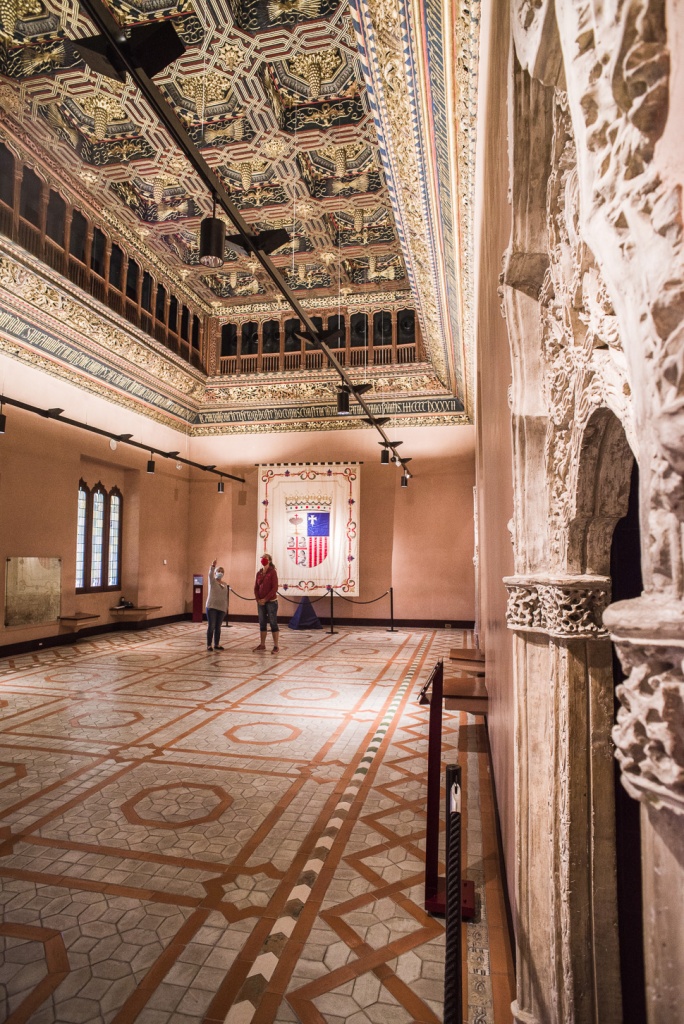
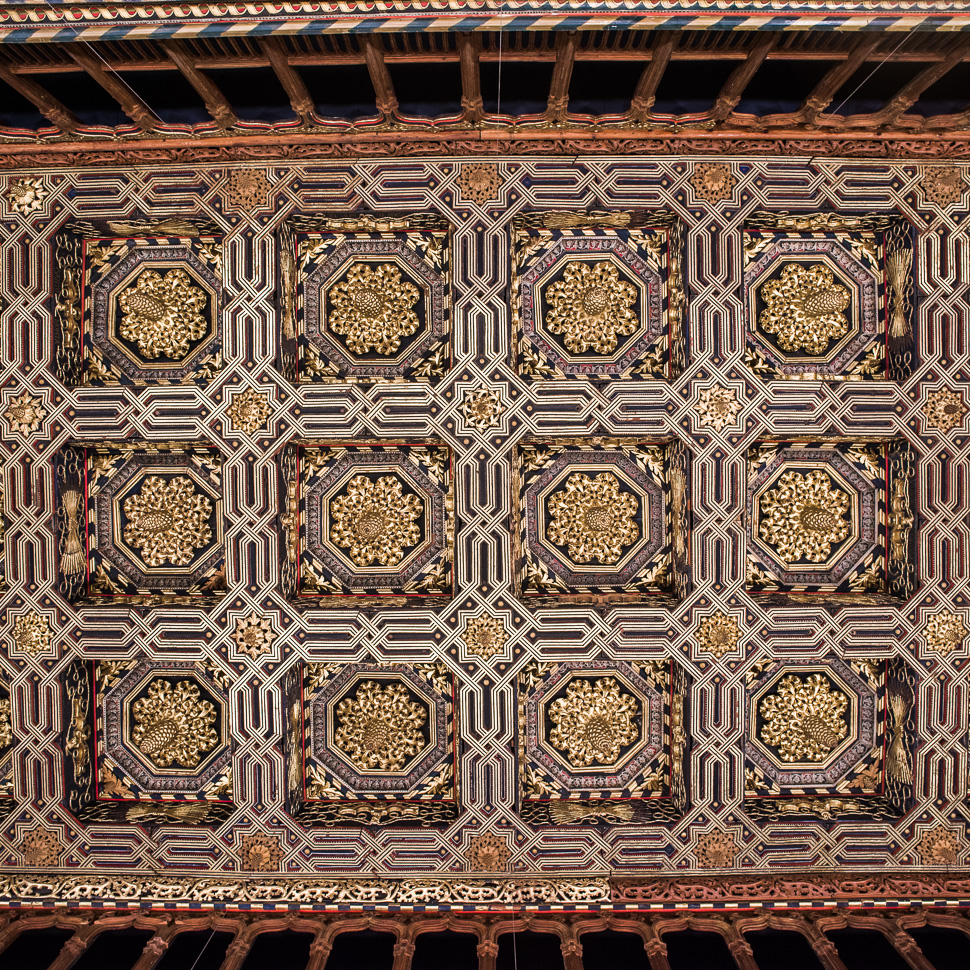
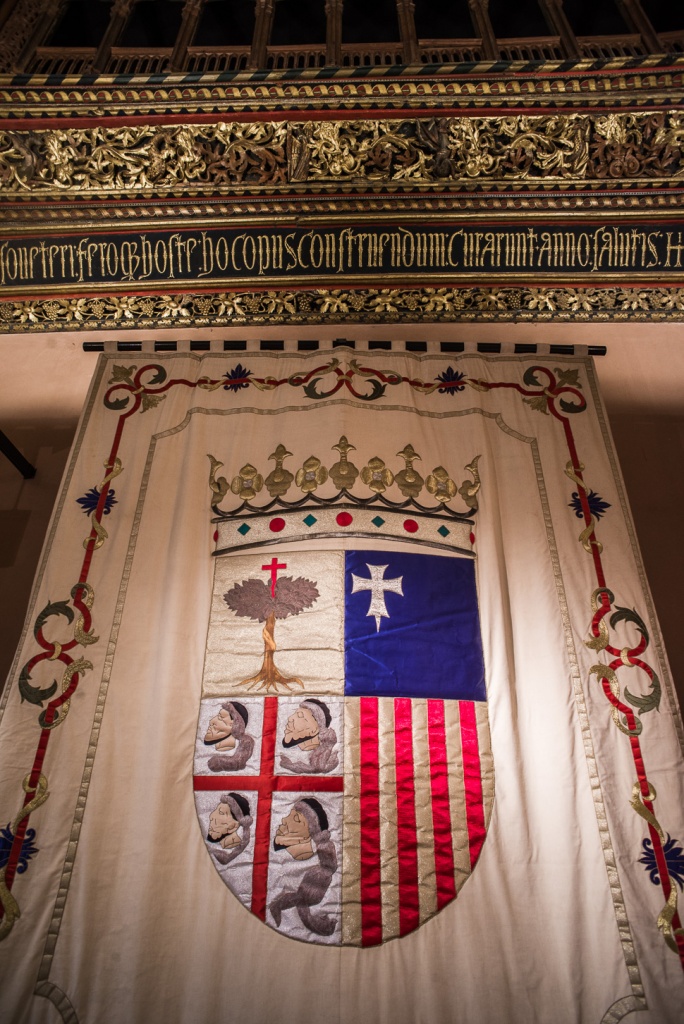
The inscription around the ceiling states as follows:
“Fernando, king of Spain, Sicily, Corsica and the Balearic Islands, the best of princes, prudent, courageous, pious, constant, just, fortunate, and Isabel, queen, superior to all women for her piety and greatness of spirit, distinguished spouses very victorious with the help of Christ, after liberating Andalusia from the Moors, expelled the old and fierce enemy, they ordered to build this work in the year of the salvation of 1492.“
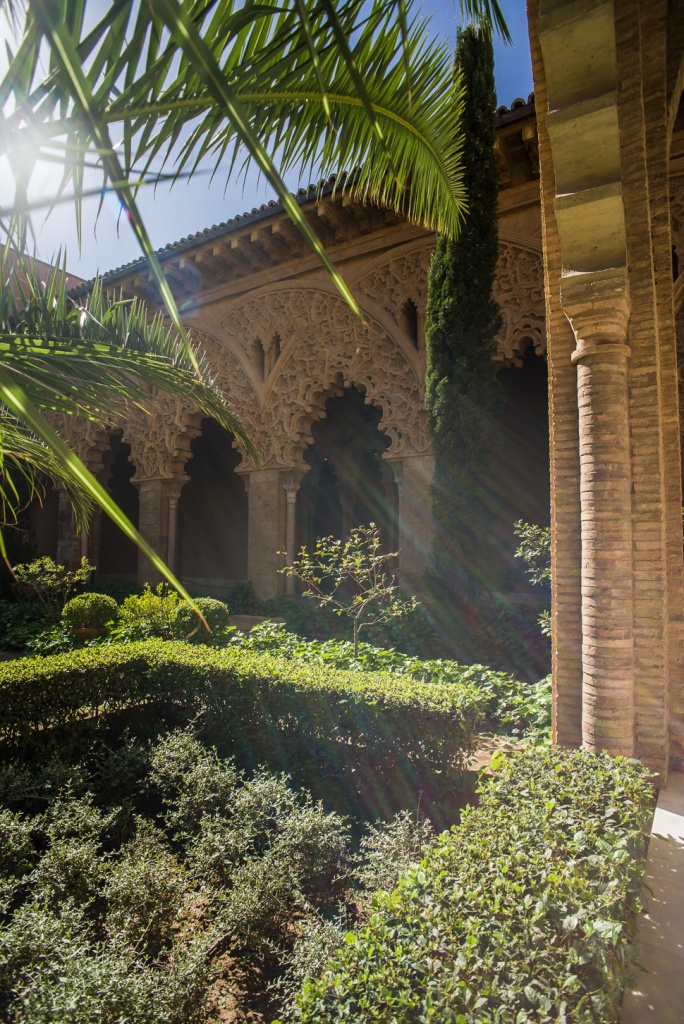
From the Aljafería we strolled into the centre until we reached the Plaza de Pilar in front of the Basilica.
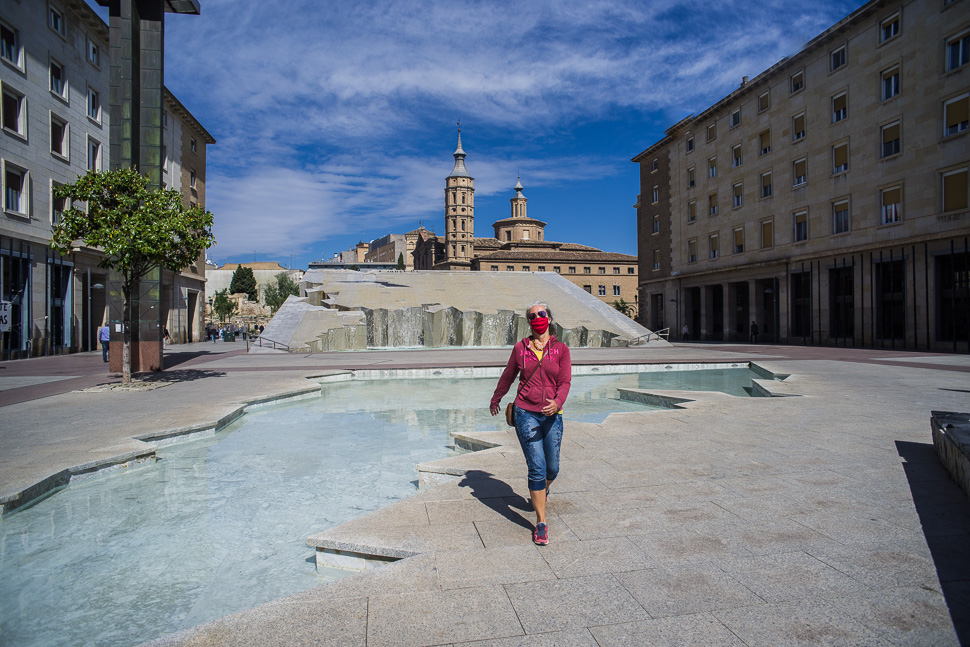
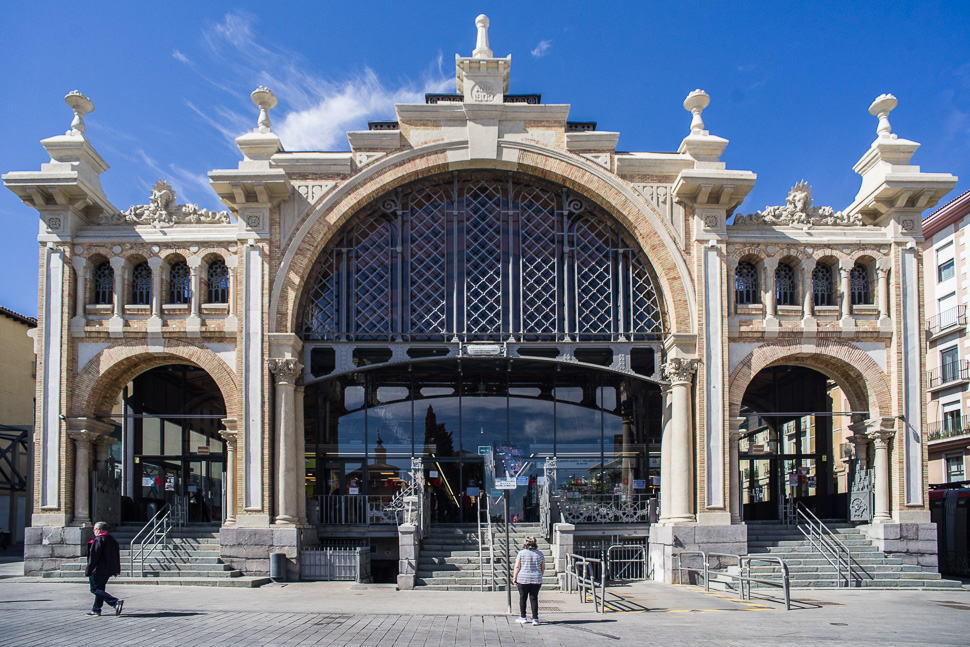
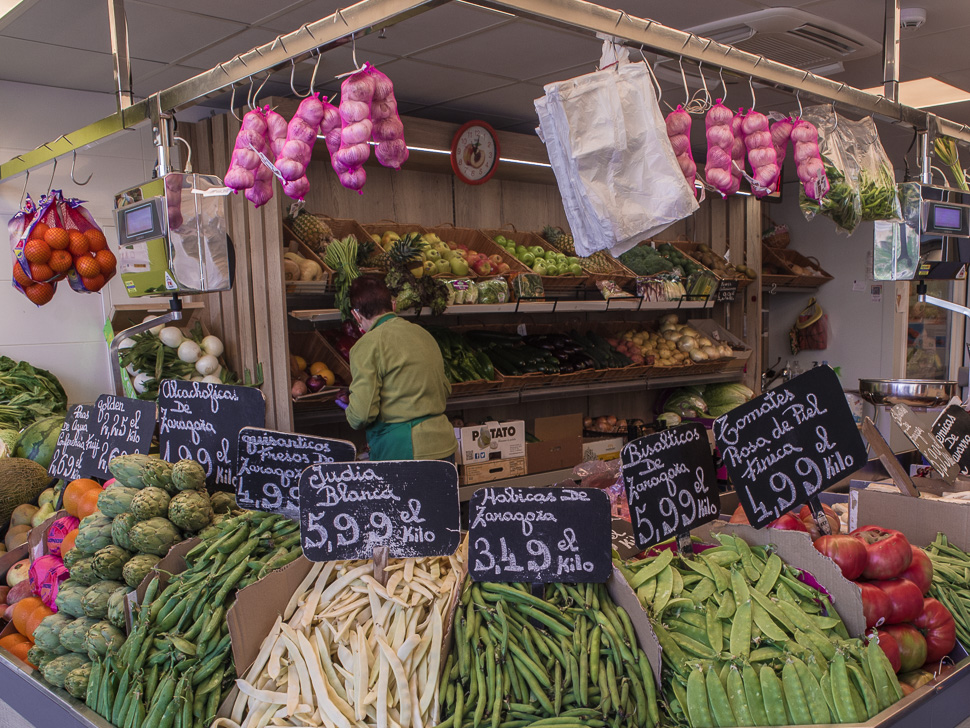
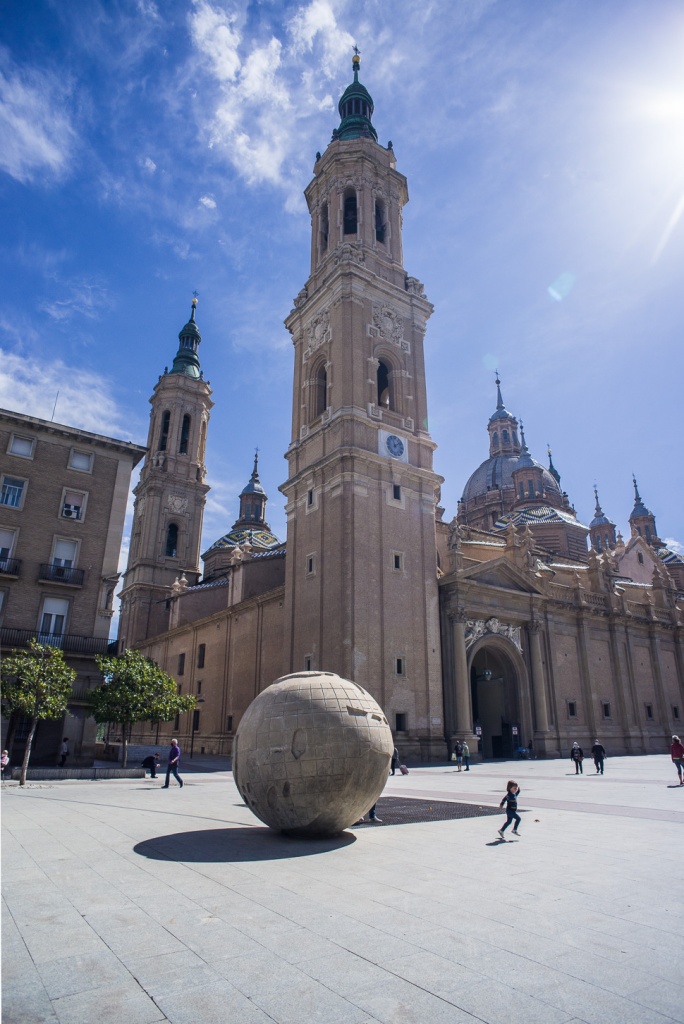
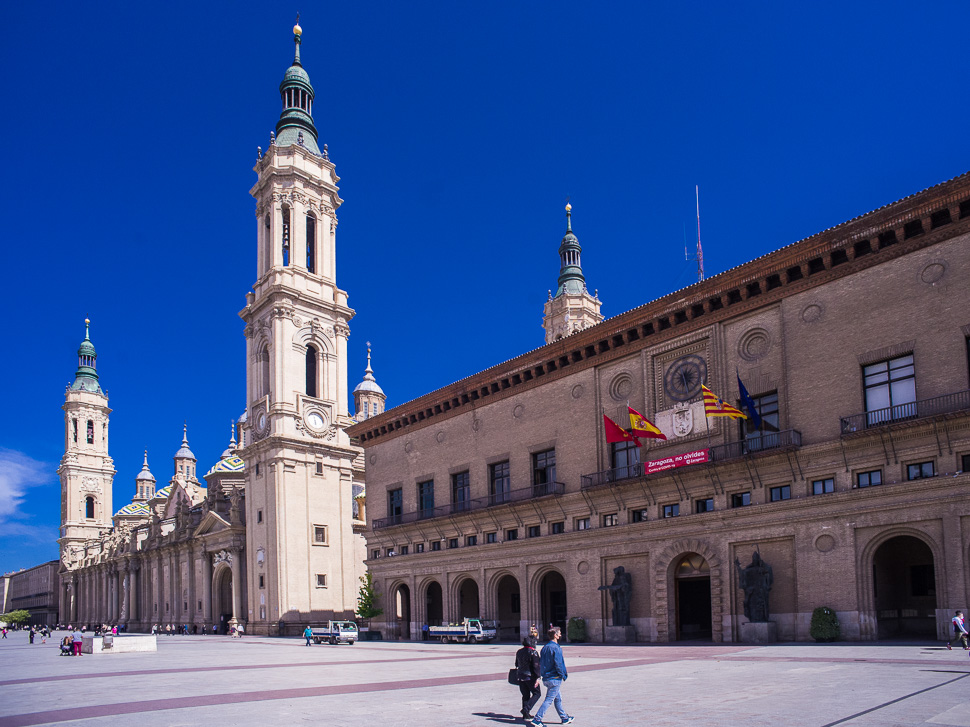
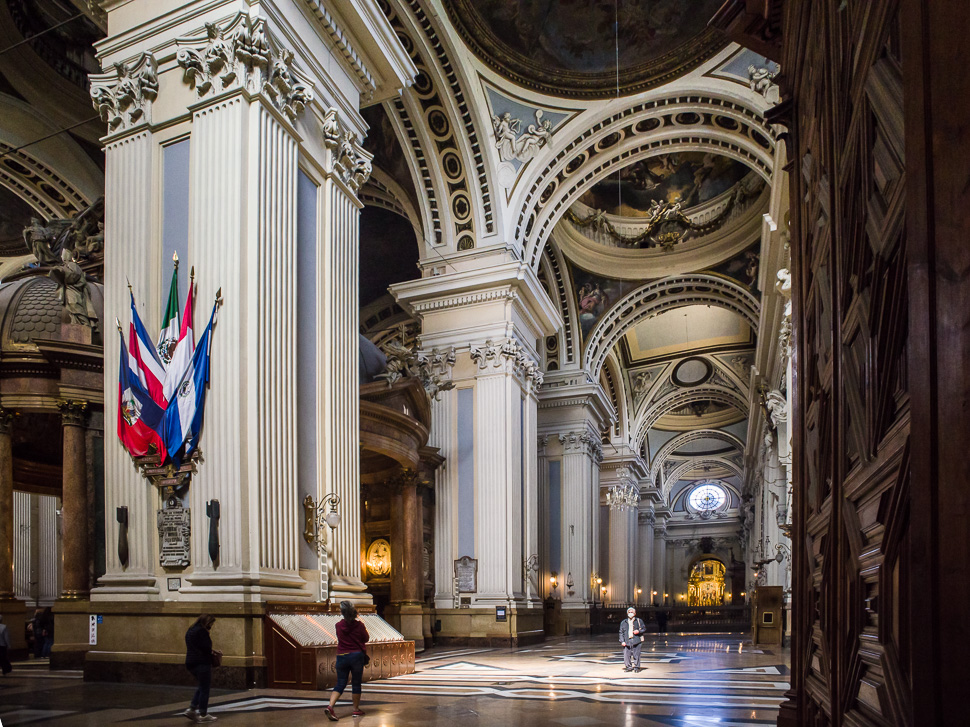
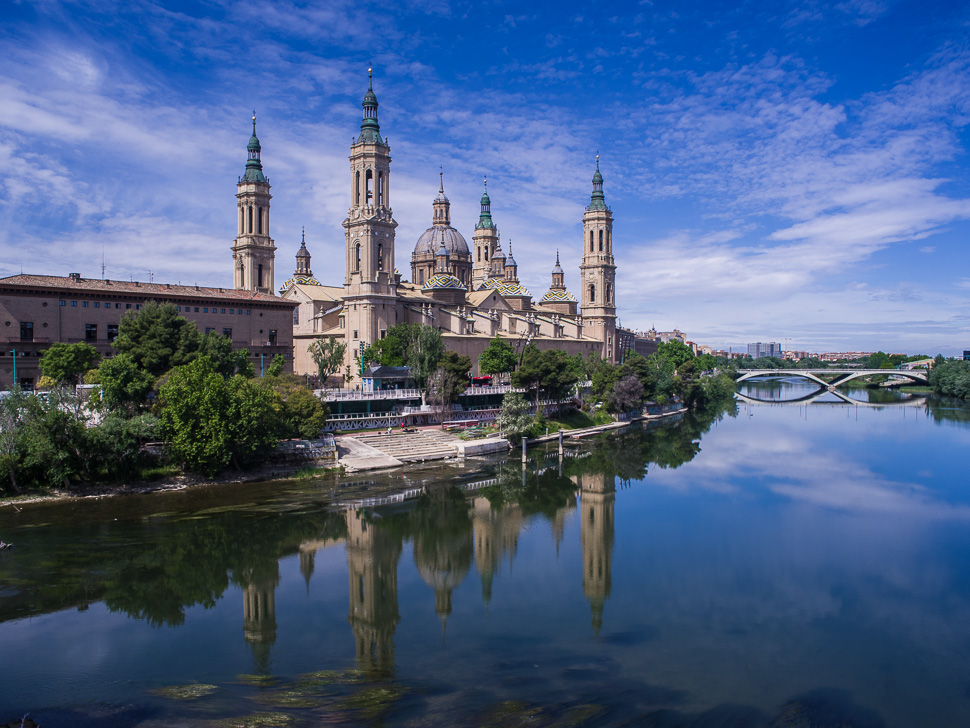
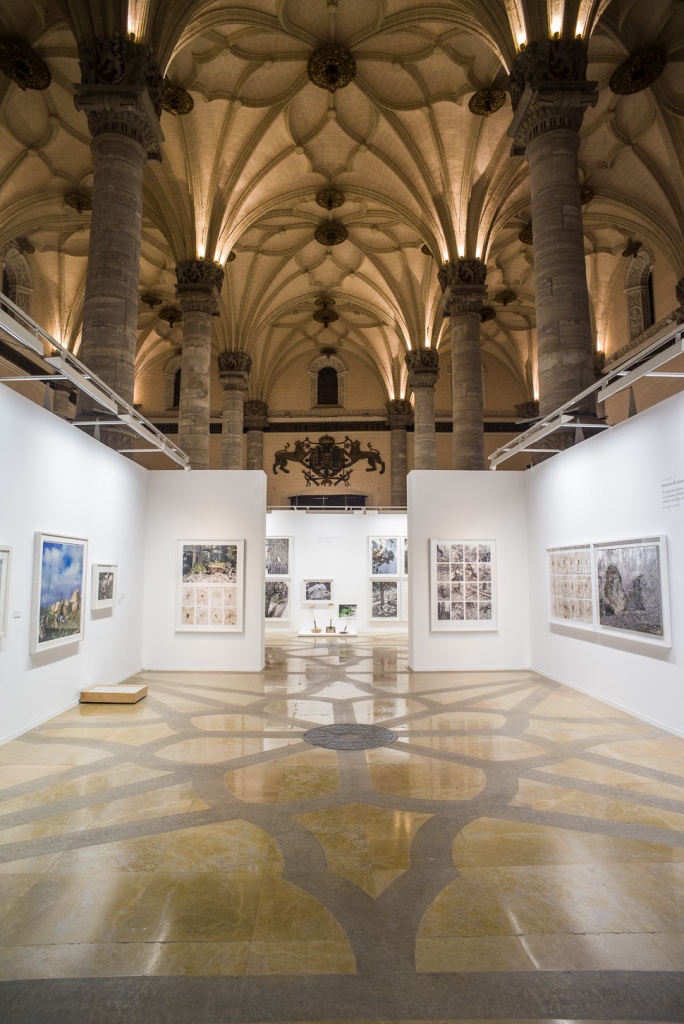
La Lonja de Zaragoza is a civil building in the Aragonese Renaissance style built in the first half of the 16th century in Zaragoza as a building for economic activities. Today it is used as an exhibition hall.
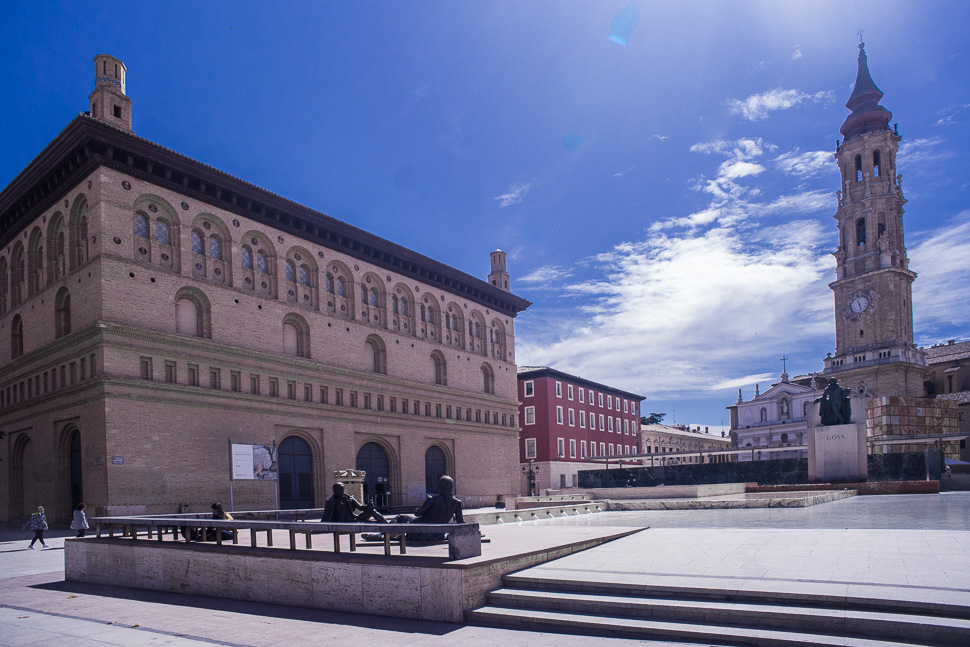
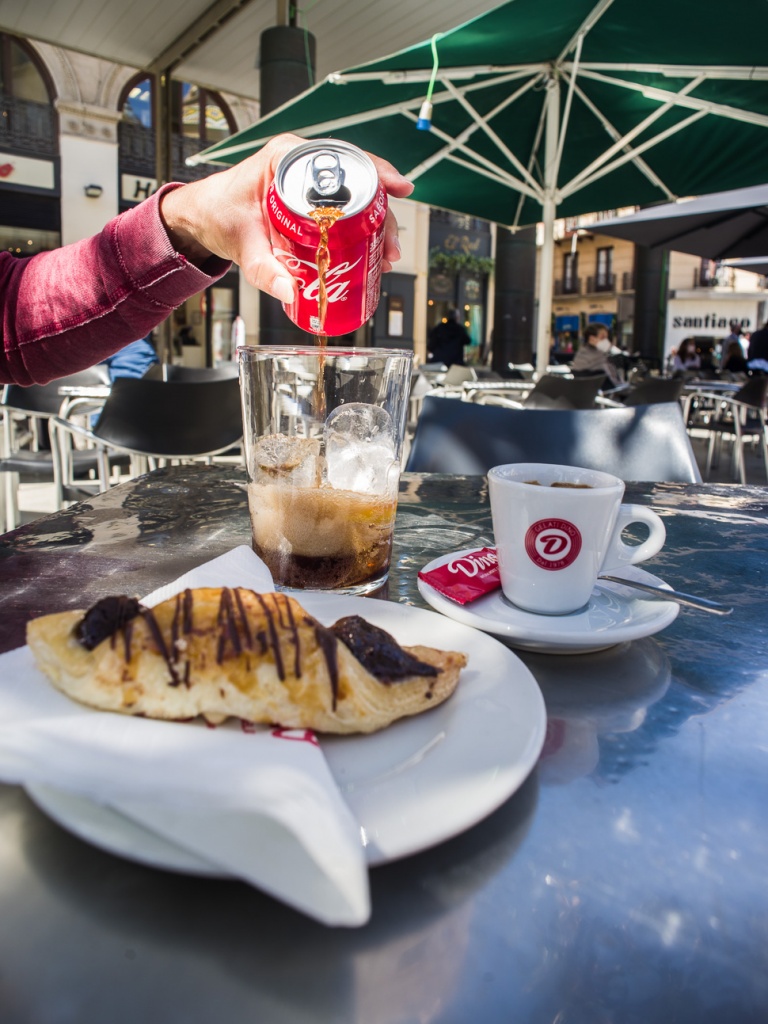
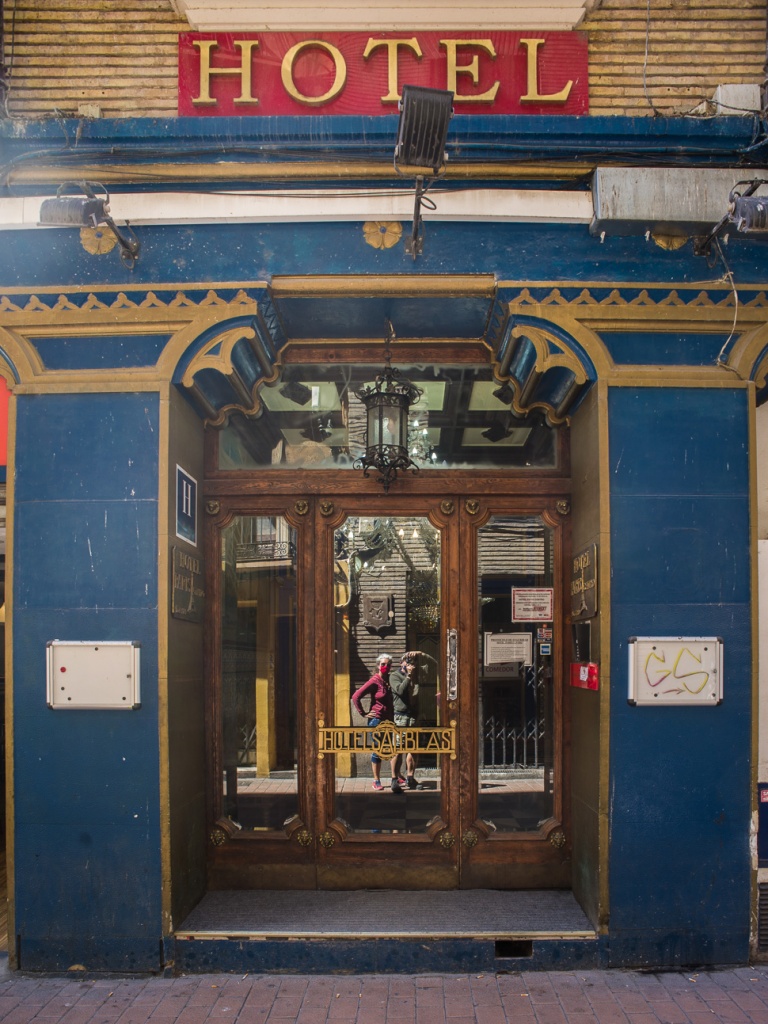
We left the city again to drive through the endless plains of the Ebro delta until we reached Belchite – a town left in ruins after the civil war. More on our next post!
